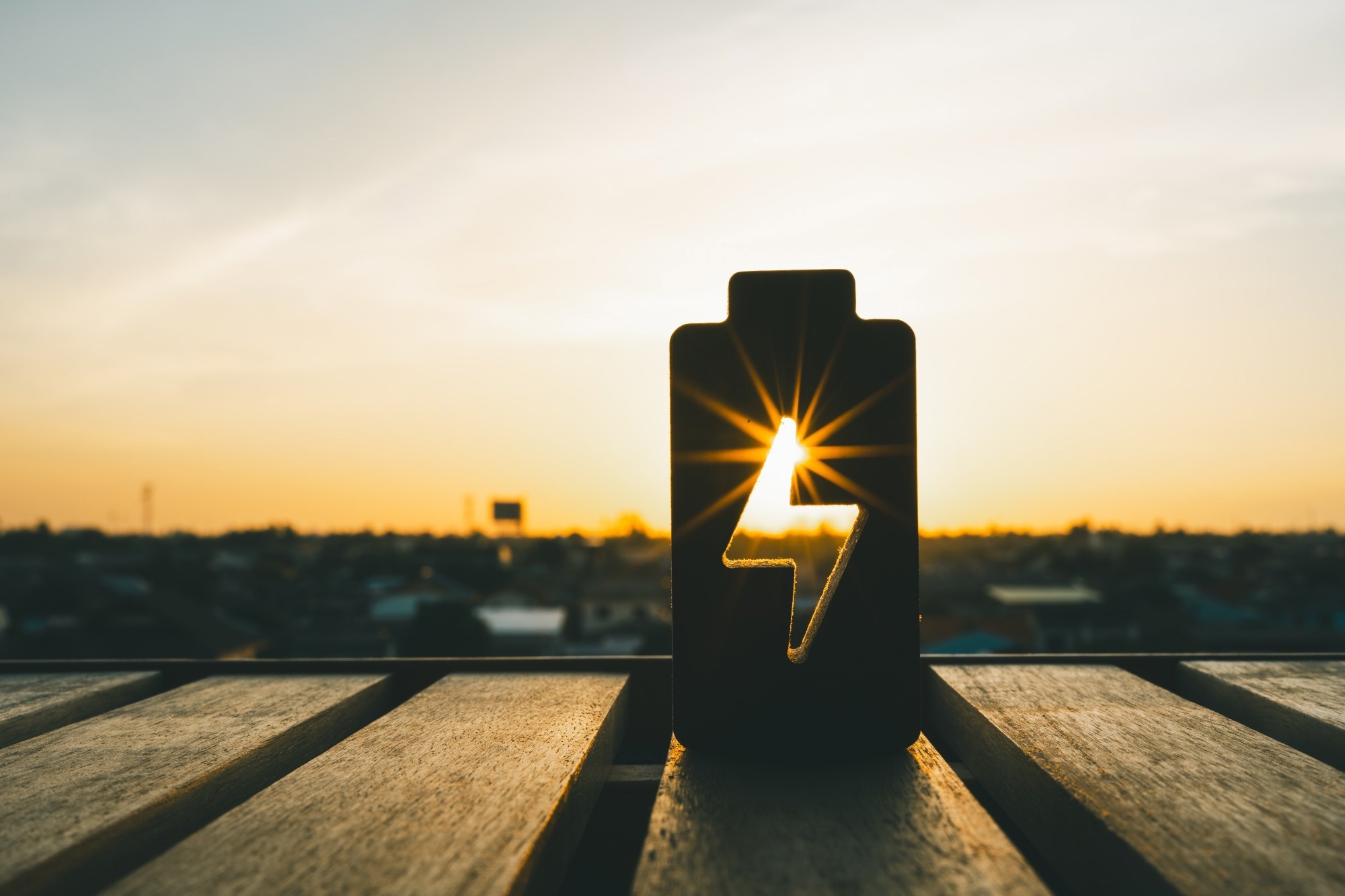According to a study in the Journal of the American Chemical Society, researchers from Stanford University, under the guidance of Robert Waymouth, are exploring liquid organic hydrogen carriers (LOHCs) as a promising option for sustainable energy storage.

Image Credit: sommart sombutwanitkul/Shutterstock.com
As California rapidly transitions to renewable energy sources, it faces challenges in storing power for the electric grid. Solar energy production decreases at night and is lower in the winter, while wind power availability can be highly variable. Consequently, the state significantly relies on natural gas to stabilize the supply, balancing the fluctuations in renewable energy production.
The electric grid uses energy at the same rate that you generate it, and if you are not using it at that time, and you can’t store it, you must throw it away.
Robert Waymouth, Study Senior Author and Robert Eckles Swain Professor in Chemistry, School of Humanities and Sciences, Stanford University
Waymouth added, “We are developing a new strategy for selectively converting and long-term storing of electrical energy in liquid fuels. We also discovered a novel, selective catalytic system for storing electrical energy in a liquid fuel without generating gaseous hydrogen.”
Liquid Batteries
Lithium-ion technologies are the backbone of batteries used to store electricity for the grid, as well as for powering smartphones and electric vehicles. Given the extensive demands of energy storage, researchers are actively exploring supplementary systems.
LOHCs are one such potential solution, capable of storing and releasing hydrogen through the use of catalysts at high temperatures. In the future, LOHCs could serve as "liquid batteries," efficiently storing energy and dispensing it as needed, either as fuel or electricity.
The research team led by Robert Waymouth is examining isopropanol and acetone for their potential in hydrogen energy storage and release systems. Isopropanol, also known as rubbing alcohol, is a high-density liquid form of hydrogen. It can be stored or transported using existing infrastructure until needed, either as a fuel in fuel cells or for hydrogen release without producing carbon dioxide.
However, the current methods for producing isopropanol using electricity are inefficient. They involve converting two protons from water and two electrons into hydrogen gas, which is then transformed into isopropanol via a catalyst.
“But you don’t want hydrogen gas in this process. Its energy density per unit volume is low. We need a way to make isopropanol directly from protons and electrons without producing hydrogen gas,” Waymouth stated.
Daniel Marron, who recently earned his PhD in chemistry from Stanford, is the lead author of a study that advances the use of LOHCs. He developed a novel catalyst system that selectively synthesizes the LOHC isopropanol directly from acetone, combining two protons and two electrons without producing hydrogen gas, using iridium as the catalyst.
A significant breakthrough in this research was the discovery that cobaltocene, a compound of the non-precious metal cobalt commonly used as a reducing agent, serves as an exceptional co-catalyst.
Cobaltocene is relatively inexpensive and proved to be unusually efficient in this context. It enhances the process by directly transferring protons and electrons to the iridium catalyst, thus bypassing the typical hydrogen gas liberation stage that was expected. This efficiency makes cobaltocene a vital component in the reaction, adding substantial value to the catalytic process.
A Fundamental Future
Cobalt is already a commonly used and highly demanded material in batteries, so the Stanford team hopes that their new understanding of cobaltocene’s characteristics could help scientists build additional catalysts for this process. For example, the researchers are looking at more prevalent non-precious earth metal catalysts, such as iron, to make future LOHC systems more cost-effective and scalable.
Waymouth added, “This is basic fundamental science, but we think we have a new strategy for more selectively storing electrical energy in liquid fuels.”
As the study progresses, it is expected that LOHC systems can boost energy storage for industries and energy sectors, as well as individual solar or wind farms.
Despite the intricate and demanding labor behind the scenes, the method, as Waymouth states, is actually quite elegant.
When you have excess energy, and there’s no demand for it on the grid, you store it as isopropanol. When you need the energy, you can return it as electricity.
Robert Waymouth, Study Senior Author and Robert Eckles Swain Professor in Chemistry, School of Humanities and Sciences, Stanford University
Stanford co-authors include Conor Galvin, Ph.D. ‘23, and Ph.D. student Julia Dressel. Waymouth is also a Stanford Bio-X and Stanford Cancer Institute member, as well as a Sarafan ChEM-H faculty fellow and a Stanford Woods Institute for the Environment affiliate.
National Science Foundation funded the study.
Journal Reference:
Marron, D. P., et. al. (2024) Cobaltocene-Mediated Catalytic Hydride Transfer: Strategies for Electrocatalytic Hydrogenation. Journal of the American Chemical Society. doi:10.1021/jacs.4c02177